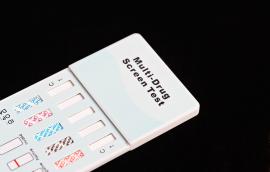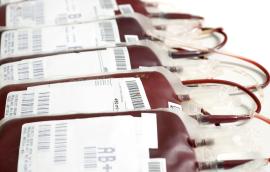The Impact of Right to Try Laws on Medical Access in the United States
State "right to try" laws can give terminally ill patients early access to experimental drugs and medical devices — but they arguably make safety and efficacy secondary to speedy access.
Michelle Rubin, Kirstin R.W. Matthews May 17, 2016





